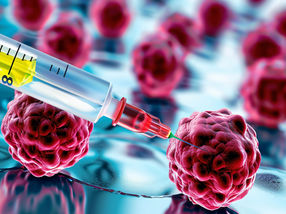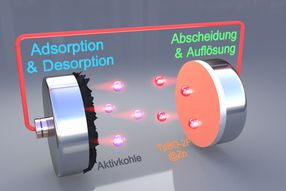First Clinical Trial in Allogeneic Bone Cell Therapy Product
Minimally invasive bone forming product ALLOB® in Phase I/IIa trial for delayed union fracture
Bone Therapeutics announced that the first patient has been treated with its novel allogeneic osteoblastic (bone-forming) cell therapy product ALLOB® in its phase I/IIa study for the treatment of delayed union fractures.
ALLOB® is the first ever allogeneic differentiated osteoblastic cell therapy product developed for the treatment of orthopaedic conditions. Allogeneic cell therapy involves the harvesting of cells from a healthy, universal donor, rather than from the patient being treated. ALLOB® has shown safety and efficacy in preclinical studies and does not require any immunosuppressive side therapy.
This first-in-human, proof-of-concept, 6 months open-label phase I/IIa study is evaluating the safety and efficacy of ALLOB® in the treatment of delayed union fractures of long bones. ALLOB®-treated patients will be assessed in comparison to baseline at 2 weeks, 1, 3 and 6 months using clinical (e.g., pain, weight-bearing) and radiological evaluation. Ultimately, 32 patients with delayed union fractures will be enrolled in the study.
Enrico Bastianelli, Chief Executive Officer of Bone Therapeutics commented: “Treating a patient for the first time with our allogeneic product ALLOB® is a significant step forward for the progression of Bone Therapeutics’ regenerative therapy pipeline. Our allogeneic approach will lead to an “off-the-shelf” approach to treatment whilst offering delayed union patients the potential for a significant improvement in their condition without the need for invasive surgery. ALLOB® has the potential to add significant shareholder value as it could address multiple orthopaedic conditions as a first line treatment. This first in human trial is an important milestone both for realizing benefits for the patients as well as creating value for the Company.”
Most read news
Other news from the department research and development

Get the life science industry in your inbox
From now on, don't miss a thing: Our newsletter for biotechnology, pharma and life sciences brings you up to date every Tuesday and Thursday. The latest industry news, product highlights and innovations - compact and easy to understand in your inbox. Researched by us so you don't have to.






















































